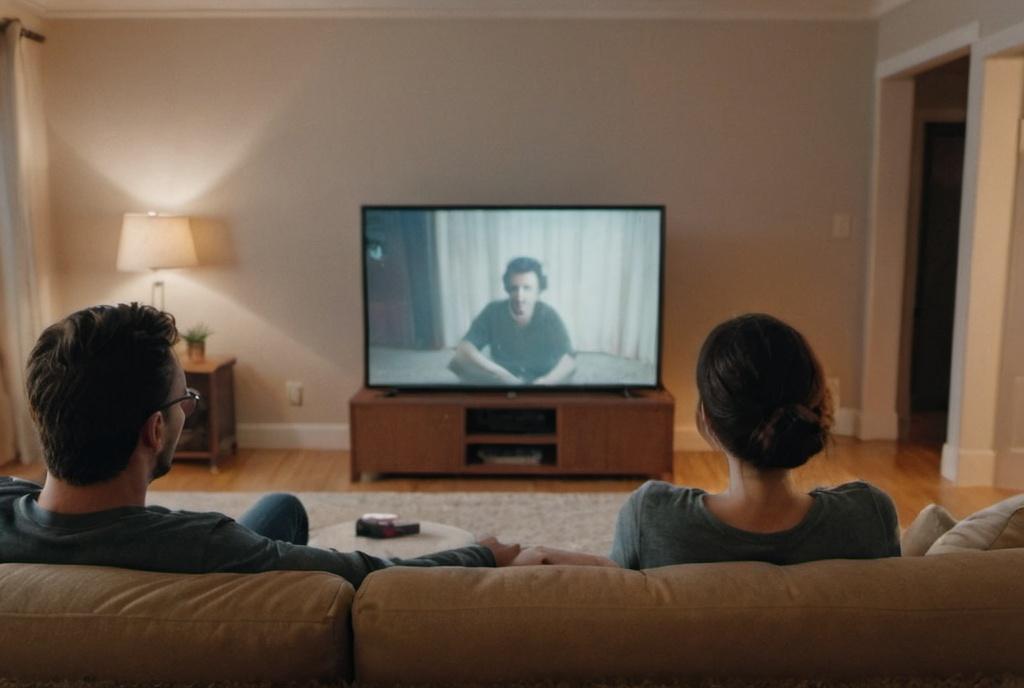
Key Take Aways About working with actors on set
- Actors are central to a film’s success; their collaboration is crucial.
- Pre-production investment prevents future setbacks; casting is key.
- Allocate 25%-30% of budget to actors; indie films require budget creativity.
- Manage finances smartly; every take adds to expenses.
- Consider profit-sharing in indie films to attract talent.
- Contracts are vital for clear financial and role agreements.
- Actors are emotionally invested; impacts performance and collaboration.
- Budget for retakes/reshoots; unexpected events can increase costs.
- Embrace financial planning to manage on-set chaos effectively.

On-Set Dynamics with Actors
When you’re working with actors on set, you’re not just managing talent; you’re orchestrating an experience. Actors bring stories to life, making them the linchpin of any movie, regardless of the budget. Whether you’re an indie filmmaker scrounging for coffee money or a big shot with studio backing, understanding the ins and outs of actor collaboration is vital.
Investing in Pre-Production
Pre-production sets the stage—literally and figuratively. A well-spent budget in this phase is like buying a good insurance plan. You might not see the returns immediately, but it’ll save you from a lot of headaches down the road. Casting the right actors is crucial. The choice between a seasoned actor and a fresh face often boils down to budget but remember, experience means fewer retakes and less time wasted. Those hours saved? They translate directly into cost savings.
The Budget Tug-of-War
Now, you might be wondering how much of your budget should be allotted to actors. Well, it’s a bit like a financial balancing act. Typically, around 25% to 30% of a film’s budget goes to the cast if you’re following the Hollywood playbook. But in indie films, where budgets are slimmer than a runway model, it’s about making every dollar do double duty. Paying top dollar for a lead actor might mean you have to hand out PB&Js instead of catered lunches. Choices, choices.
On-Set Financial Decisions
Money talks, especially on set. How you manage finances during production can make or break your schedule. Every take costs—cameras roll, electricity hums, and crew checks their watches, all adding to the expense. Actors’ rates aren’t just hourly; consider overtime, travel, and accommodations too. It’s like booking a holiday but with way more strings attached.
Credit Where Credit is Due
Securing financing can sometimes mean giving actors a cut of the profits. This is common in indie projects where upfront cash is tight. Offering points on the back end or a percentage of net profits can entice high-caliber talent to work on passion projects without the typical paycheck. It’s a win-win—if the movie makes a killing, everyone celebrates. And if not, well, it was a gamble anyway, wasn’t it?
Contracts and Clauses
Contracts are the backbone of any financial agreement, and when working with actors, they’re your best friend. Make sure you have a good lawyer—you don’t want to end up in a lawsuit over a forgotten clause. Clear terms on payment schedules, responsibilities, and even reshoots should be agreed upon before anyone steps onto set. Like that overpriced latte, it’s better to gulp it down now than sip regretfully later.
The Emotional Investment
Actors are, in many ways, just as invested emotionally as they are financially. The characters they portray are composites of their experiences, skill, and creativity. This emotional connection can influence their performance, making them stakeholders in the truest sense. The relationship between a director and an actor can often resemble a trust exercise or a dance, depending on how well they gel.
Retakes and Reshoots
Budget for retakes and reshoots, because let’s face it, they’re inevitable. No one’s perfect, and sometimes the lighting is off, or a plane flies overhead just as the actor is delivering their monologue. When you calculate costs, add a buffer for the unexpected. It’ll save you from reaching for a bottle of aspirin every time something doesn’t go as planned.
Anecdote Time: When Things Go Wrong
Take, for example, the infamous “Apocalypse Now” production. Martin Sheen had a heart attack while filming, and Marlon Brando didn’t bother reading the script. The result? Massive delays and soaring costs. Coppola’s vision came to fruition, but not without financial scars. This is a cautionary tale in the cinema world, a reminder of how easily things can veer off script.
Conclusion
Working with actors on a film set is like playing chess in a sandbox. There’s strategy involved, but it’s messy, chaotic, and unpredictable too. Financial prudence and anticipation of every possible twist and turn will keep the chaos manageable. Whether it’s pre-production planning or real-time budget adjustments, having a solid financial strategy can make the difference between a film that’s a box office smash and one that fizzles out before its premiere.



